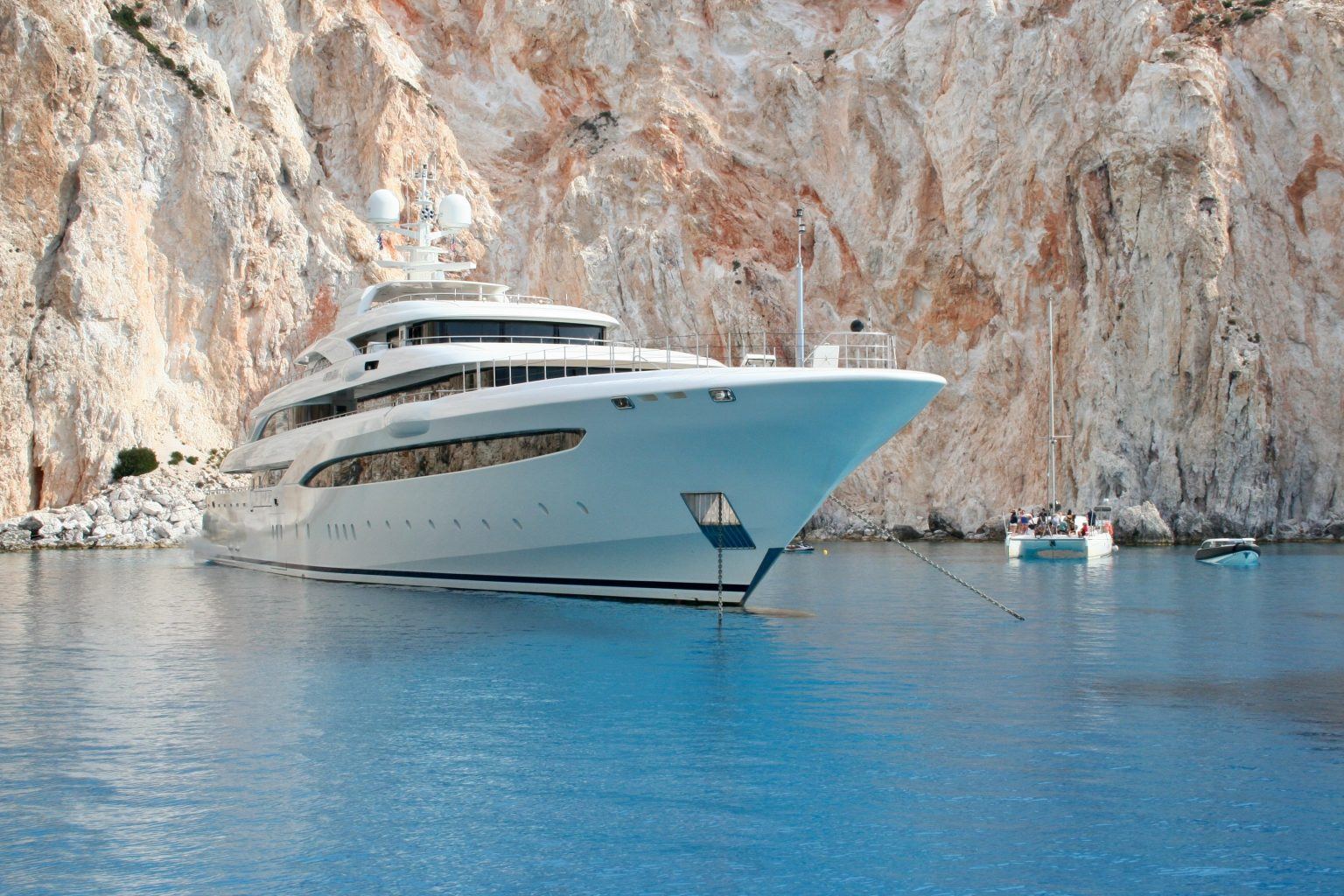Seasons are definitely a big factor that determines when and where superyachts operate. As a yachtie, chances are you’ll either alternate where you work depending on the season or you’ll work in +- 6-month intervals. In general, most yacht owners seek out the sun and avoid bad weather. Yachting is best enjoyed in warmer areas and calmer seas. That also raises the question of where is the best place to look for a job aboard a yacht? That depends on the seasons. As a guide, think April to September in the Mediterranean and October to March in the Caribbean.
Deciphering the seasons might be difficult if you’re new to the yachting industry. Winter vs. summer, and high vs. low season, are the main considerations. Summer and winter yacht charter seasons both last around six months and pertain to both location and time of year; the summer season goes from April/May to October, while the winter season runs from November to April.
The summer and winter yacht charter seasons are determined by weather and water conditions, with Northern Europe and the Mediterranean being the most popular during the northern hemisphere summer, and the Caribbean, Indian Ocean, and Florida dominating the “winter” yacht charter season i.e southern hemisphere summer.
Popular yachting destinations and their yachting seasons
The Mediterranean
The popular Mediterranean season usually starts in late April. For some, it may not cease until November or even December. It goes without saying that this is where ships and crews are put to the test. As a result, the yachting industry and the several industries that support it flourish here. In Europe, the summer yachting season begins in May, with boats normally fully crewed and ready to sail by April. The season closes around late September. The ideal months to look for a boat job in the Mediterranean are April through October.
USA and Caribbean
By late September or early October, yachts in the Mediterranean will either be heading to European shipyards for maintenance or returning across the Atlantic to the Southern states, most often Florida. Yachts from the Northeast will frequently go to the south, stopping in Florida before heading to the Caribbean. Those in Alaska will either travel to Mexico, the South Pacific islands, or over the border to Florida. Most people consider late November to be the start of “Caribbean season,” as it also marks the conclusion of hurricane season. Yachts leaving the Med are heading to the United States, with Fort Lauderdale, Antigua, and St Maarten replacing the Cote d’Azur as the epicentre for yachts and crews preparing for events that might take them from Hawaii to California, Boston to Trinidad, and anywhere in between. Fort Lauderdale and Miami are fantastic locations to start for new crew members, and they’re unusual in that they see a large number of yachts. Yachts cluster here all year to take advantage of the pleasant weather, but if no employment is found by December, it is sometimes advised that they go to the Caribbean.
South Pacific
Unlike other prominent yachting destinations, the South Pacific provides not only breathtaking scenery and unrivalled activities but also the opportunity to feel like the only vessel on the ocean for miles. The season runs from May to October, with boats heading south to New Zealand and Australia to avoid the hurricane season, which runs from November to March. As the boats settle in for yard periods over the holiday season, now is a great time to start looking for work. Typically, Auckland, Sydney, or Newcastle are the destinations.
The best time and place to look for yachting jobs
Crew positions can arise at any time and in any location throughout the world, but going to the more popular areas at that time of year increases the chances of getting a job. This entails relocating with the yachting seasons to be in these hiring locations.
You should schedule your job hunt to correspond with the normal yachting seasons rather than going to a random location. Crew changes are most common between the summer and winter seasons, during the two ‘shoulder’ or ‘transition’ seasons when yachts are most likely moving or travelling to shipyards for refit and repair work.
Although it may be difficult to leave friends and family behind, moving to a hiring port will almost certainly improve your yacht job search. Yes, you absolutely must relocate there to begin – if only temporarily!
Because of the large number of yachts that pass through them each year, some places around the world are known as “yachting hubs” in the industry. As the common connecting points between cruises, a few of these are known as prolific ‘hiring ports.’ Crew members frequently abandon yachts in these locations, and captains will appoint new crew members.
Early on in your job hunt, it’s critical to select the appropriate hiring port. Your choice of the port will be influenced by your vacation budget, visa restrictions, and, most crucially, the time of year. And as soon as feasible, relocate there.
If you haven’t already, it’s crucial that you complete your basic training before relocating to look for yachting work. Already being qualified is essential and the more training you have the less of a risk relocating will be. Increase your chances of getting a yachting job by training with Super Yachting South Africa. We provide basic and advanced training for yachties in the world-class setting of Cape Town, South Africa.

